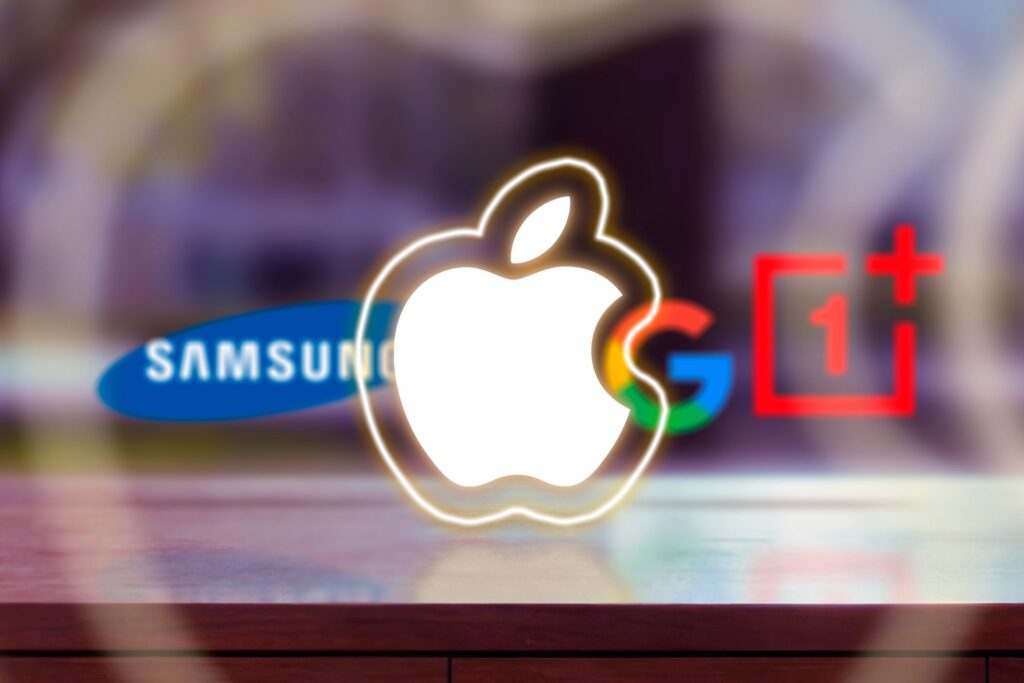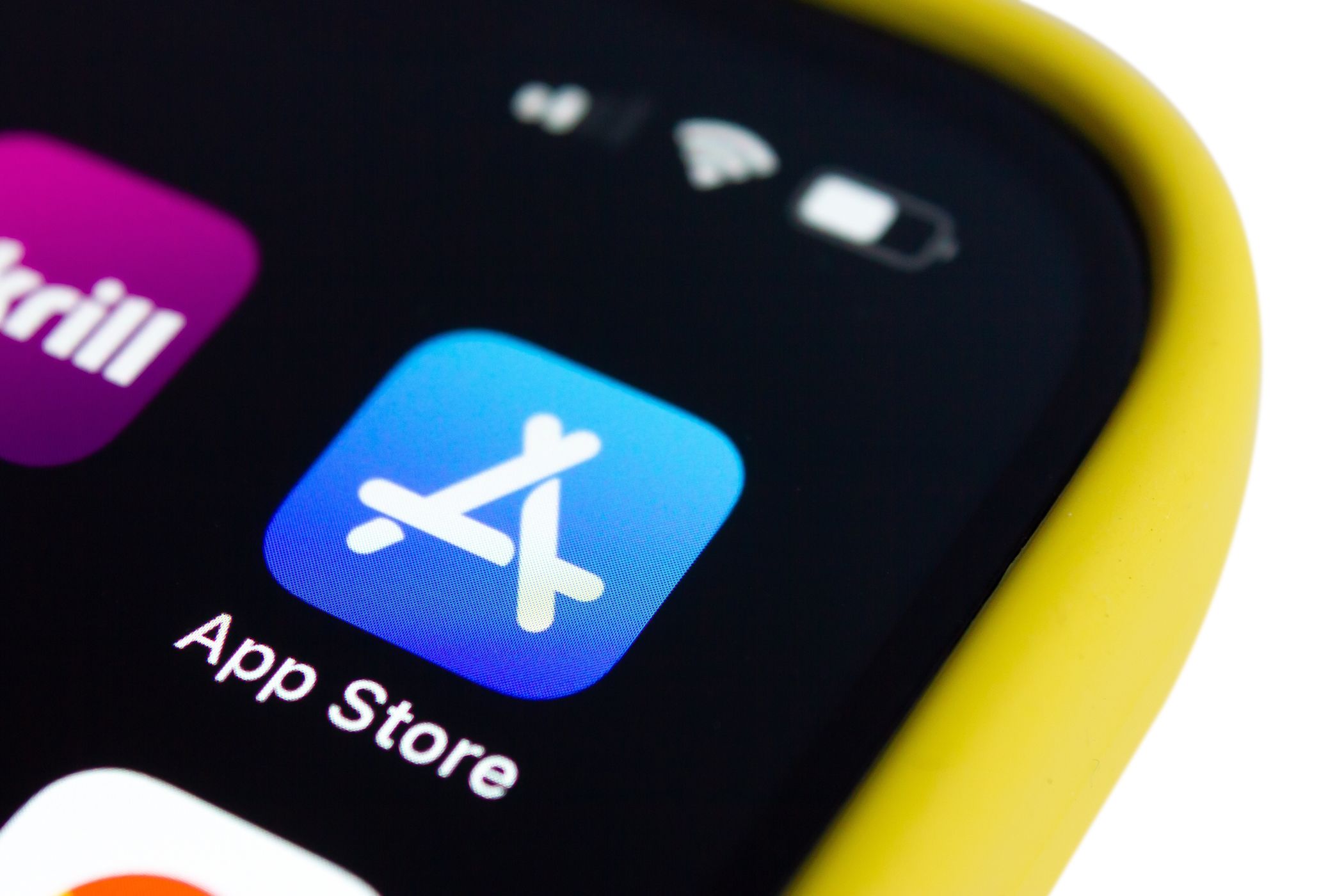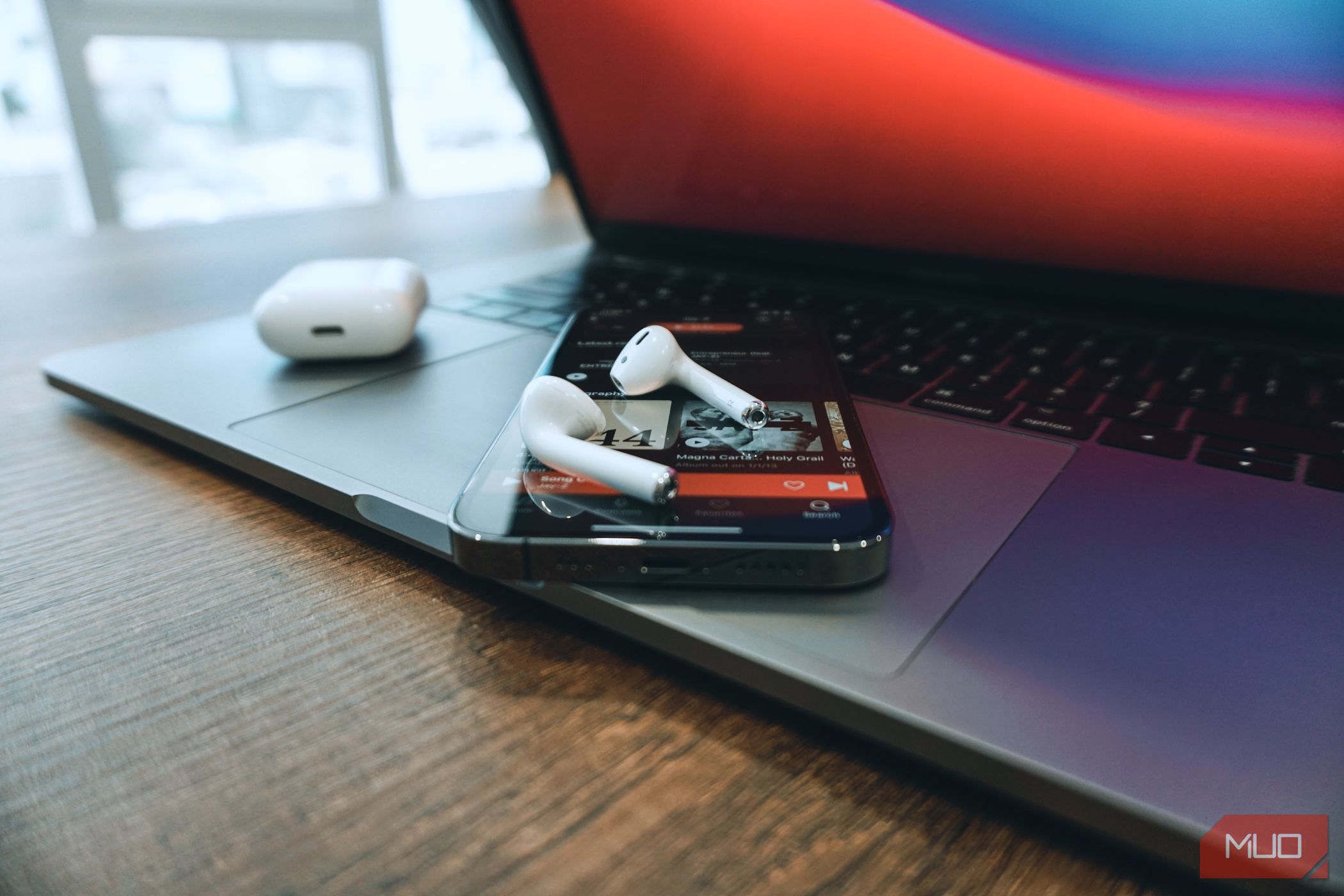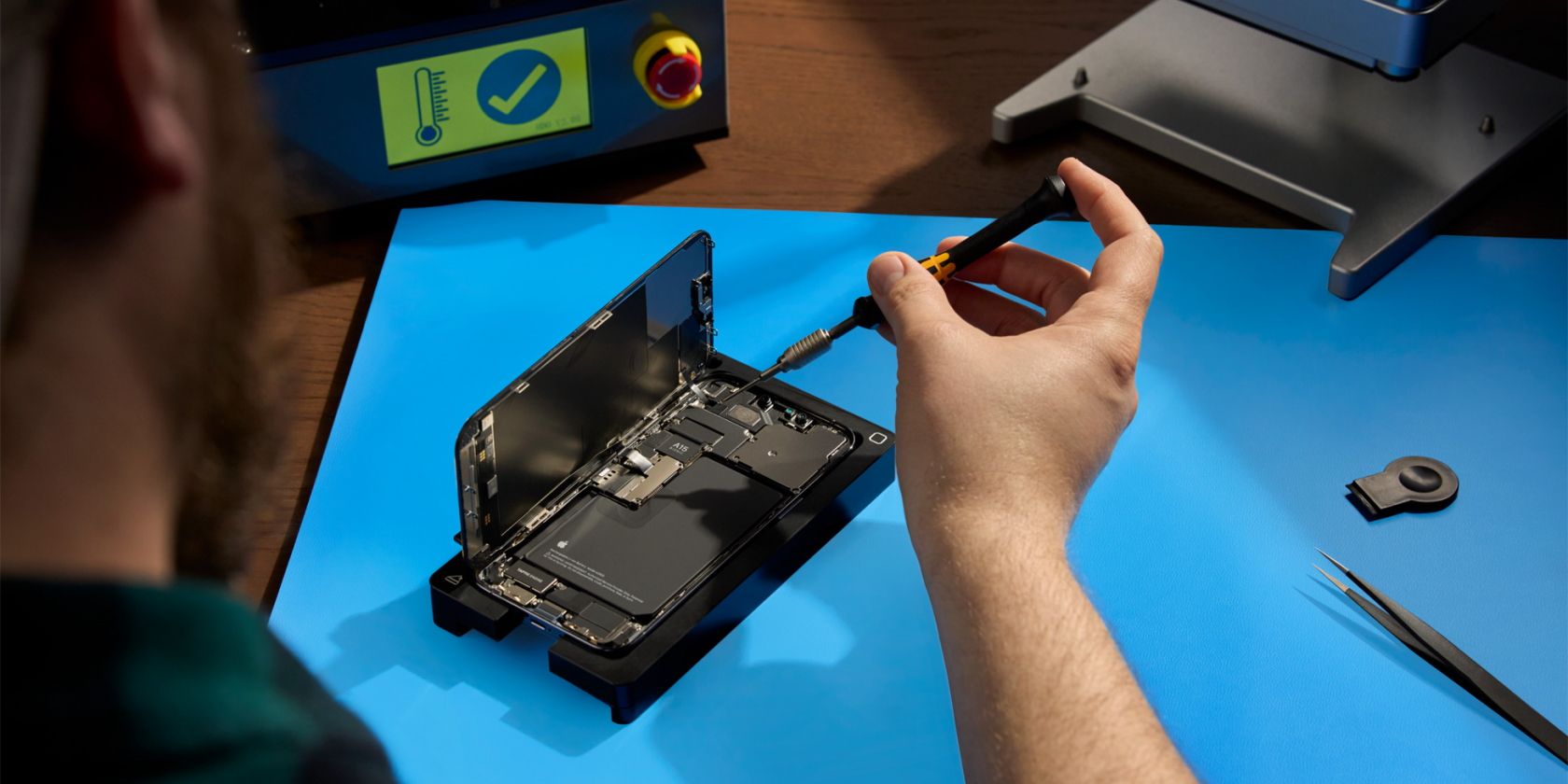As both iOS and Android evolve, Apple has consistently established certain aspects of the smartphone experience while Android manufacturers continue to play catch-up. From my years of experience, here are the key areas where Apple excels and what competitors can learn to be more competitive.
1 Improved app quality control
One of the biggest differences I noticed when switching to an Android device was the difference in app quality. This applies to apps available on both platforms as well as platform-specific apps. This difference is primarily due to Apple’s stricter guidelines for developers wishing to publish on the App Store.
Many popular apps feel more refined and sophisticated on iOS than their Android counterparts. For example, the camera quality of most social media apps tends to be significantly worse on Android devices.
Companies like Samsung are trying to address this problem by integrating with social media platforms and allowing apps to use the full functionality of the camera, but adoption by other manufacturers has been mediocre at best.
Another key difference lies in the specialized apps each platform offers. The App Store has some great dedicated apps, including Halide, a must-have for photography enthusiasts, and GarageBand, arguably the best digital audio workstation I’ve used on a mobile device. Unfortunately, these apps are not available on Android.
2 Privacy and security
Because Apple controls both the iPhone’s hardware and software, iOS tends to be more secure. As mentioned above, the App Store’s strict vetting process makes it less likely that apps containing malware will be downloaded, but this is not always the case with the Play Store.
Additionally, Android allows you to download apps from third-party sources, increasing the risk of accidentally installing malware if you’re not careful.
Sideloading apps on iPhone is only available to EU users, and while it’s a feature we’d like to see spread around the world, many users don’t know if the apps they have installed are available outside of the App Store. I can understand why Apple would be more restrictive. It’s safe.
The same goes for privacy. Apple collects as little data as possible and performs most actions directly on your device. With the big trend of AI in smartphones, Google and Samsung often handle these tasks with powerful off-device servers.
In contrast, Apple handles most of its Apple Intelligence functionality on-device. Tasks that require additional processing power are sent to Apple’s private cloud computing, and the data is deleted after the request is processed.
3 ecosystem integration
If you use other Apple devices alongside your iPhone, you’ve probably experienced how seamlessly everything works together. Apple’s ecosystem is full of amazing features that make your life so much easier.
One of my favorite Apple ecosystem features is being able to start working on my Mac and immediately pick up where I left off on my iPhone. It’s a convenience I can’t live without.
That said, perhaps the best feature for me is iPhone mirroring in macOS Sequoia. This allows you to mirror and control your iPhone directly from your Mac, which is very useful when your iPhone is out of reach or you need quick access in a pinch.
4 Accessibility features
Accessibility has always been a major focus at Apple across all of our devices, and many of their features are useful even if you don’t have a disability. For example, AssistiveTouch lets you take a screenshot, adjust the volume, and more without touching physical buttons.
While AssistiveTouch is a simple feature, Apple offers other amazing accessibility options. One of the standouts is Personal Voice, which uses machine learning to create a synthetic version of your voice. You can use this audio to type what you want to say during FaceTime. This is especially beneficial for people with diseases like ALS, which can lose the ability to speak over time.
Another amazing feature is eye tracking. This allows people with motor disabilities who are unable to use touch to interact with the screen to control their iPhone simply by moving their eyes.
These examples highlight how Apple prioritizes making its devices accessible to everyone. I have yet to see another Android manufacturer offer this same level of accessibility options.
5 customer service
Official Apple repairs aren’t cheap, but the process is usually very smooth. Simple repairs like iPhone battery or display replacements are often completed in just a few hours, and your device is usually completed the same day. Unfortunately, the same cannot be said about Samsung phones. Even with the screen replacement, it took a full week to get the phone back in my hands.
If you have AppleCare+ warranty, Apple also offers to loan you your iPhone while your device is repaired, which is an underrated perk that we wish more Android manufacturers would adopt. .
While the iPhone has its flaws, there are some areas where Apple clearly excels, and Android manufacturers could learn a thing or two. While Android doesn’t always match the level of polish and seamless experience that Apple consistently provides, the biggest advantage of Android is the freedom and customization it offers, which Apple doesn’t. It provides a level of control.







